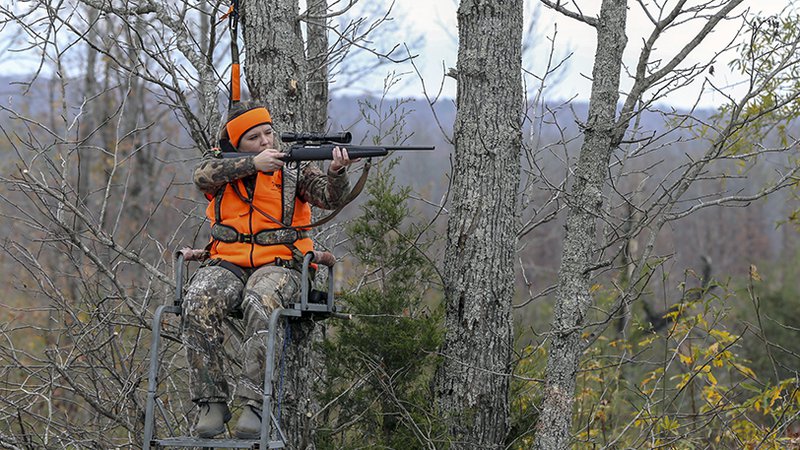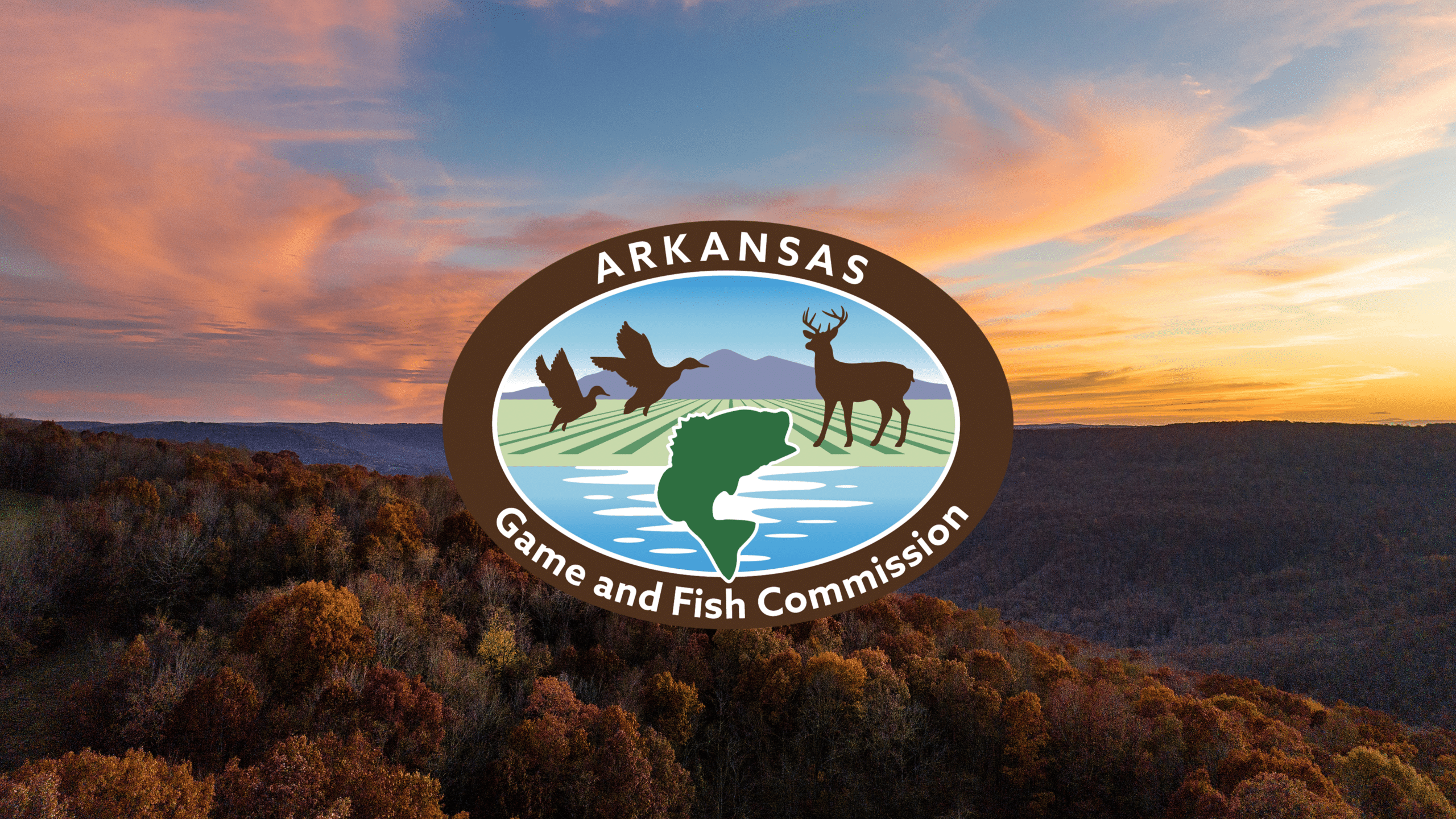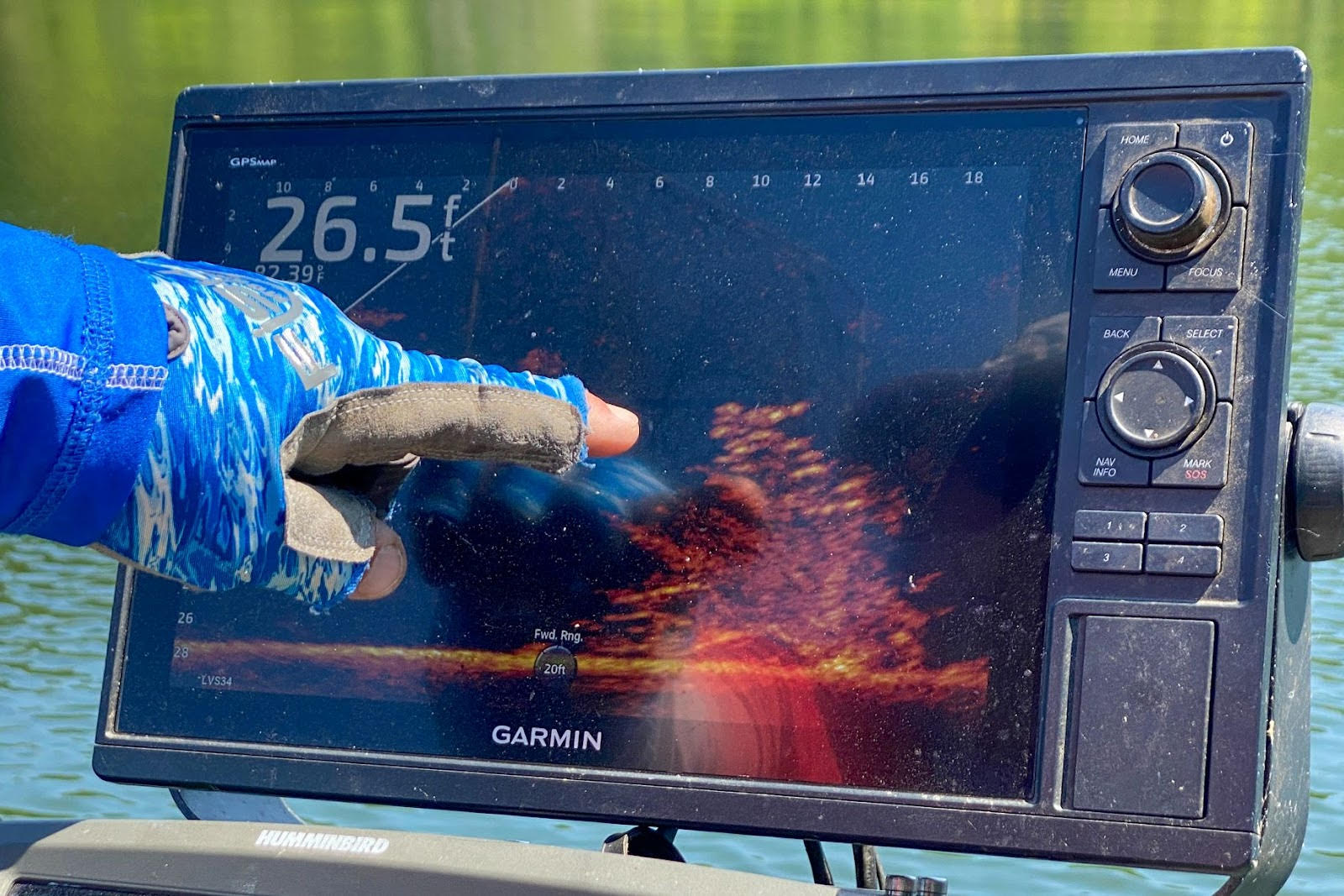Zero hunting-related fatalities last year, hunters reminded to stay vigilant
ON 09-12-2018

Sept. 12, 2018
Randy Zellers
Assistant Chief of Communications
LITTLE ROCK – Last year was one of the few years on record that Arkansas did not have a fatality due to a hunting accident, but hunters should be mindful to keep up their guard.
The news comes from the Arkansas Game and Fish Commission’s Annual Hunter Incident Report, which was released last week to Hunter Education instructors throughout Arkansas. The report summarizes all hunting-related incidents from July 1, 2017 through June 30, 2018, and gives instructors and other hunting safety advocates information on areas where improvements can be made.
“Still, by and large, falls from treestands make up the largest portion of hunting accidents,” said Joe Huggins, Hunter Education coordinator for the AGFC. “Fifteen of the 23 reported accidents last year were falls from stands.”
Huggins says treestand falls spanned all ages of hunters last year, from a seven- and an eight-year old, to two 75-year old veterans of the deer woods.
“Some were from 10 feet and some were from as high as 25 feet,” Huggins said. “Some even had safety harnesses on but weren’t connected to the tree at the time of the fall.”
Many falls occur when people are transitioning from a ladder or steps into a stand, and Huggins suggests setting up a vertical rope and prussic knot to always stay connected to the tree.
“If someone’s searching for details about the device, the brand Hunter Safety Systems calls it a Life Line, but other brands sell comparable safety ropes,” Huggins said. “The whole idea of the system is to always have your harness attached to the tree from the time you leave the ground until the time you return after the hunt.”
Huggins says that the report only shows incidents that were reported, either from the hunters, hospitals or first-responders. It also shows only incidents when the person was directly involved with hunting at the time.
“We know of other incidents that occurred while people were getting a duck boat or deer stand ready, that don’t fall under the report,” Huggins said. “And there are a lot of twisted ankles, cuts and minor injuries that occur that people never report.”
Even with 23 incidents being reported, hunting is one of the safest recreational activities available. More than 318,500 licensed hunters participated last year, so less than 0.007% of hunters experienced a hunting-related injury.
“The percentage of injuries is way lower than most high school sports like football,” Huggins said. “We have about the same rate of injury as table tennis.”
Huggins says a Hunter Education course is one of the best resources available for hunters to remain safe in the woods. In addition to some basic hunting knowledge and general regulations, instructors focus on everyone coming home to share stories after the hunt is concluded.
“Anyone born on or after Jan. 1, 1968, is required to have hunter education to hunt without a mentor,” Huggins said. “Hunters younger than 16 and hunters who obtain a deferred hunter education code through the AGFC licensing system may hunt under the direct supervision of a licensed hunter who is at least 21. The mentor must be within arm’s reach of them during the hunt.”
Recent News

AGFC Commissioner Meeting Notice
Jul. 8, 2025

AGFC fish attractors unlock offshore fishing code
Jul. 8, 2025
Subscribe to Our Weekly Newsletter E-mails
Don’t miss another issue. Sign up now to receive the AGFC Wildlife Weekly Newsletter in your mailbox every Wednesday afternoon (Waterfowl Reports are published weekly during waterfowl season and periodically outside the season). Fishing Reports arrive on Thursdays. Fill in the following fields and hit submit. Thanks, and welcome!
